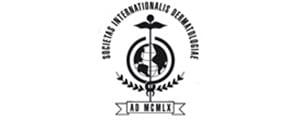VOLTAR
IMCAS World Congress 2025
IMCAS World Congress 2025
Programa
Adaptar ao meu fuso-horário a agenda da aula/congresso transmitida ao vivo
Fuso-horário de referência: (UTC+02:00) Europe, Paris
Apresentações desta sessão
| Horas | Palestrantes | Título da apresentação | Resumo | Número |
| 10:30 | Photoprotection: 2025 | Visualizar | 139666 | |
| 10:42 | Enhancing clinical outcomes with laser-assisted drug delivery | 139668 | ||
| 10:54 | Microbiome: A new player in the development of UV-induced skin cancer | 139667 | ||
| 11:06 | Exploring the impact of solar radiation on skin microbiome to develop improved photoprotection strategies | 139669 | ||
| 11:18 | Skin cancer prevention through laser rejuvenation | 139670 | ||
| 11:30 | Possible explanations for rising melanoma rates despite increased sunscreen use over the past several decades | 139671 | ||
| 11:42 | Why painless and efficient photodynamic treatment of actinic keratosis can be achieved by shortening the drug-light interval | Visualizar | 139672 | |
| 11:54 | Visible light and pigmentation | 139673 | ||
| 12:06 | Needle-assisted infusion for pigment and damaged skin | 144569 | ||
| 12:18 | Discussion and Q&A | 139674 | ||




















